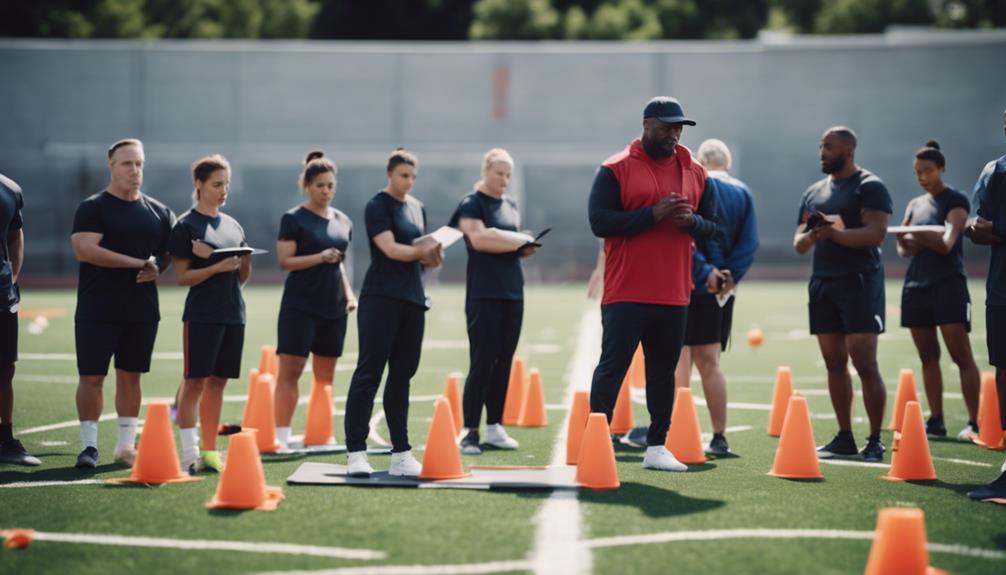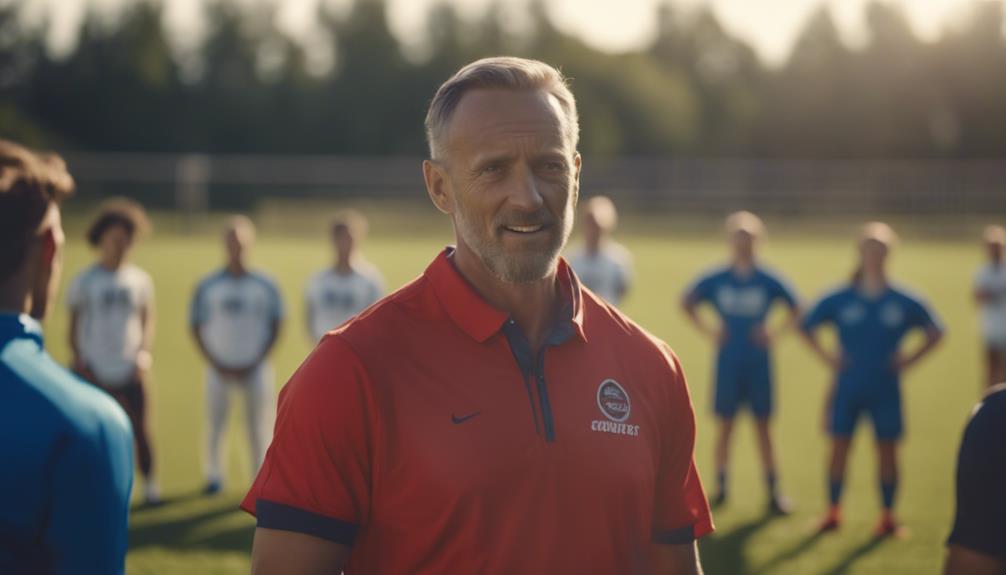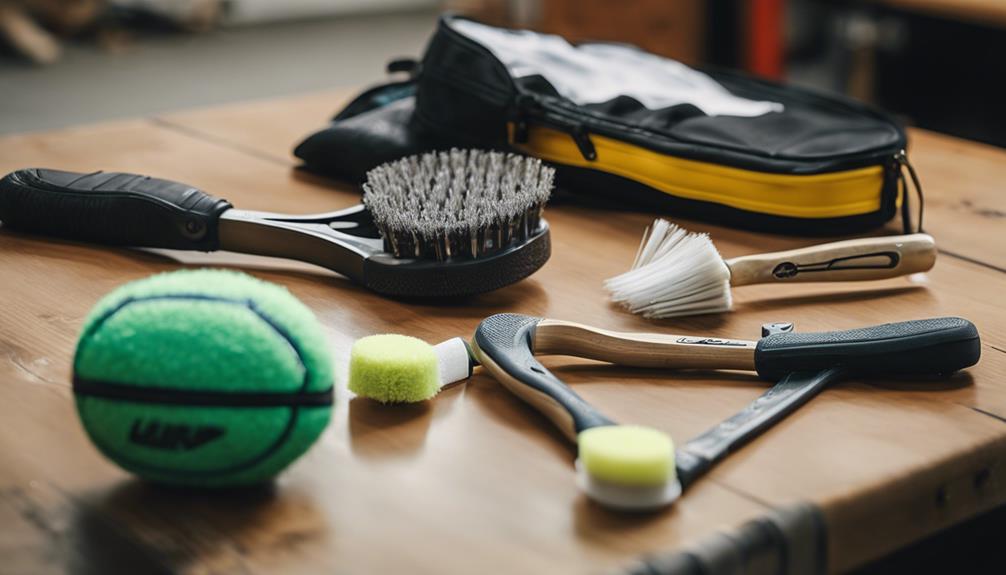
If you’re looking to get fit without hitting the gym every day, an exercise bike can be your best friend. Not only does it offer an effective cardiovascular workout, but it also engages a variety of muscle groups. Whether you’re cycling in your living room or at a spin class, you might be surprised at how many muscles are involved. In this article, we’ll explore the different muscle groups activated when you hop on an exercise bike and how to maximize your workout.
What Muscles Do You Engage on an Exercise Bike?
When you ride an exercise bike, you’re not just going for a leisurely spin; you’re engaging multiple muscle groups, primarily in your lower body. The primary muscles targeted include the quadriceps, hamstrings, glutes, calves, and core. Each of these muscles plays a crucial role in pedaling efficiently and maintaining balance and stability during your ride. Understanding which muscles are being worked can help you tailor your workout to better meet your fitness goals.Is Mma An Olympic SportWhat Is The Most Hardest Sport
Additionally, the intensity and resistance of your cycling can influence how much each muscle group is engaged. For example, a higher resistance can lead to more substantial muscle recruitment and improved strength, while lower resistance at a faster cadence can enhance endurance. So, whether you’re in it for strength training or cardio workout, the exercise bike is versatile enough to cater to various fitness objectives.
Understanding the Basics of How an Exercise Bike Works
An exercise bike operates on a simple principle: it simulates the motion of cycling while providing the ability to adjust resistance levels. Most exercise bikes come equipped with various settings that allow you to increase or decrease the tension on the pedals. This resistance can be adjusted manually on many stationary bikes or automatically on more high-tech models, allowing you to customize your workout according to your fitness level.
As you pedal, the bike’s resistance engages your muscles, making them work harder. With each revolution, you’re not just moving your legs; you’re also contributing to your cardiovascular health. The beauty of an exercise bike is that you can control the intensity of your workout, which makes it suitable for beginners and advanced athletes alike.
The Major Muscle Groups Targeted by Cycling
Cycling on an exercise bike primarily engages the lower body muscles, but it also promotes core stability. The four main muscle groups activated during pedaling include the quadriceps, hamstrings, glutes, and calves. Each muscle group plays a distinct role in the cycling motion, ensuring a well-rounded workout that builds strength and endurance.
The beauty of an exercise bike is that it allows you to focus on these major muscle groups without putting too much strain on your joints, making it an excellent option for people of all fitness levels. Whether you’re looking to tone your legs, improve your cardiovascular health, or just burn some calories, cycling can be a key component of your fitness routine.
Quads: Your Bike’s Best Friends for Powerful Pedaling
The quadriceps, or "quads," are the primary muscles used when pedaling an exercise bike. Located at the front of your thighs, these muscles extend your knee and are crucial for pushing the pedals down. A strong set of quads enables you to pedal with power and efficiency, especially during high-resistance intervals.
When cycling, the quads work hard not just to push the pedals down but also to stabilize your legs throughout the motion. Training your quads through regular cycling can lead to improved leg strength, better athletic performance, and enhanced everyday activities. So, when you feel that burn in your thighs after a tough ride, know that your quads are getting the workout they need!
Hamstrings: The Unsung Heroes of Your Ride
While the quads get a lot of attention, don’t forget about your hamstrings! These muscles, located at the back of your thighs, play a supportive role during cycling. As you push down with your quads, your hamstrings help pull the pedals back up, making your cycling motion smoother and more efficient.
Over time, consistent cycling can strengthen your hamstrings, which is essential for maintaining balanced muscle development in your legs. Strong hamstrings can also help prevent injuries and improve your overall cycling performance by allowing for better pedal efficiency and power.
Glutes: Firming Up While You Cycle Away
Ah, the glutes! Your gluteal muscles are another key player when it comes to cycling. Located in your buttocks, these muscles are responsible for hip extension and play a significant role during the upward and downward motion of pedaling. As you push down on the pedals, your glutes engage to provide the power needed for movement.
Regular cycling can help tone and strengthen your glutes, leading to a firmer backside and improved athletic performance. Plus, a strong set of glutes can enhance your overall stability and power, making you a more efficient rider. Who doesn’t want to work on their glutes while having fun on an exercise bike?
Calves: Strengthening Your Lower Legs on the Bike
The calf muscles, located at the back of your lower legs, also get in on the action when you pedal on an exercise bike. These muscles help flex your ankle, which is essential for maintaining a smooth and efficient pedaling motion. While they might not be the primary muscles engaged, strong calves contribute significantly to your overall cycling performance.
Working on your calf strength through cycling can improve your stamina during longer rides and help with overall leg endurance. Plus, having well-defined calves can enhance your leg aesthetics, making it a win-win situation!
Core Muscles: Why Your Abs Matter While Cycling
Though cycling primarily targets the legs, your core muscles play a vital role as well. Engaging your abdominal muscles helps stabilize your body as you ride, ensuring proper posture and balance on the bike. A strong core can enhance your cycling performance, allowing you to pedal more efficiently and with greater power.
Moreover, a robust core can help prevent injuries, especially to your lower back. So, while you might be focused on your legs during a ride, remember that your abs are also working hard to keep everything in alignment. A little core engagement can go a long way in boosting your overall fitness.
How Resistance Affects Muscle Engagement on the Bike
Resistance is one of the most important factors when it comes to muscle engagement on an exercise bike. The greater the resistance, the more effort your muscles need to exert to push the pedals. This increased effort leads to greater muscle engagement, particularly in the quads, hamstrings, and glutes. Higher resistance levels are great for building strength and power, but they can also make your workout more challenging.
Conversely, lower resistance allows for higher cadence, which can help improve your cardiovascular fitness and endurance. Striking the right balance between resistance and speed can optimize your workout and ensure that you’re effectively targeting all the necessary muscle groups. Regularly changing up your resistance can keep your workouts fresh while continually challenging your muscles.
Tips to Maximize Muscle Workouts on Your Exercise Bike
To maximize your muscle workouts on the exercise bike, consider varying your resistance and cadence throughout your session. Mixing in intervals of high resistance with periods of lower resistance can offer a well-rounded workout that targets both strength and endurance. Don’t be afraid to push yourself during those high-resistance intervals; that’s where the muscle gains happen!
Additionally, ensure you maintain proper form while cycling. Keep your back straight, shoulders relaxed, and engage your core to help stabilize your movement. This will not only ensure more effective muscle engagement but also reduce the risk of injury. Finally, pairing your cycling sessions with strength training for your legs and core can further enhance your overall fitness.
Cycling on an exercise bike can be a fantastic way to engage multiple muscle groups while enjoying a low-impact workout. From your quads to your calves, each muscle plays a crucial role in making the most of your ride. By understanding how different muscles are activated and applying the right techniques, you can maximize your workout effectiveness. So, hop on that bike, adjust your resistance, and get ready to pedal your way to a stronger, fitter you!





